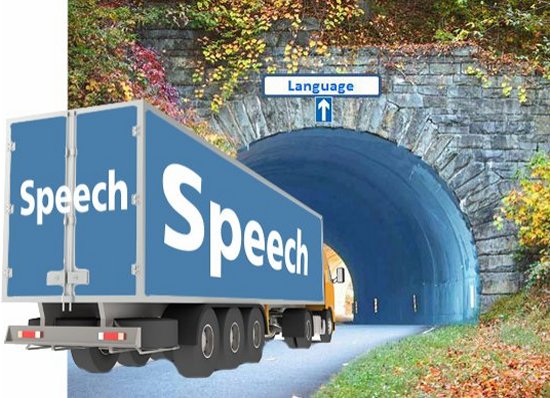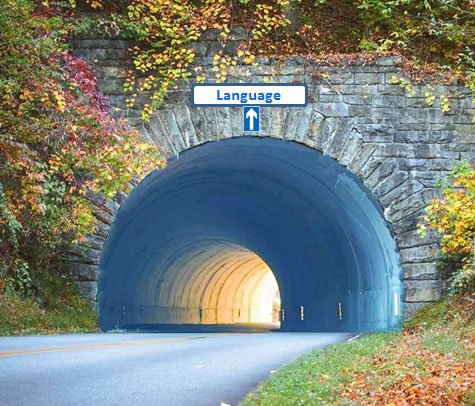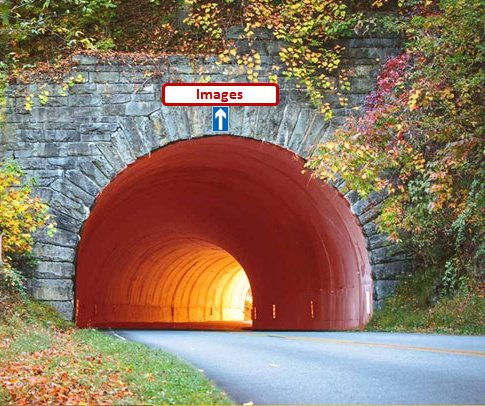How adults use the visual medium
We have evolved to be able to look and listen simultaneously by means of two complementary mental routes. They allow us to listen to words as we look at (or imagine) a scene. Used intelligently in teaching, this dual ability can effectively double learners’ mental processing ability[1].
Click on ‘Language’ and ‘Images’ to discover more about each route
However, if we try to attend to two similar modes at once, such as reading text while listening to a lecturer, or alternatively looking at a picture at the same time as imagining a scene, the two similar forms interfere with each other. The combination becomes too big and complex to be processed in one channel[2].


This is the reason that on-screen text and simultaneous speech is often worse than no visual aid at all; the method overloads the student’s language channel, and she/he is obliged to screen one out in order to let one be processed in the language channel.


